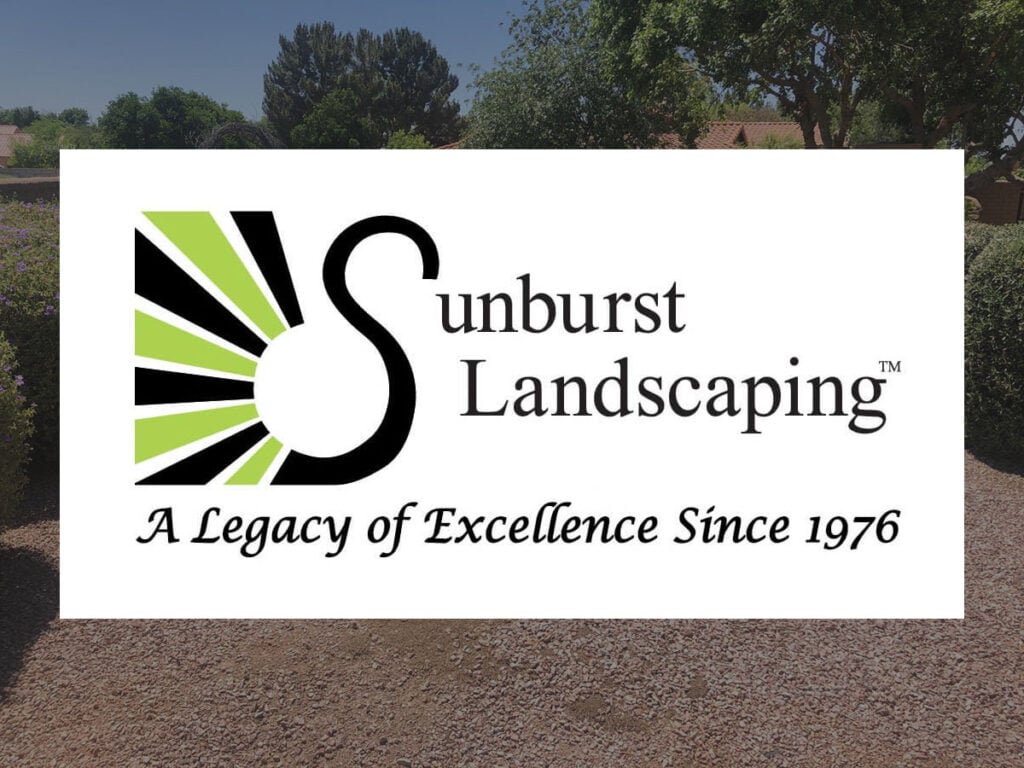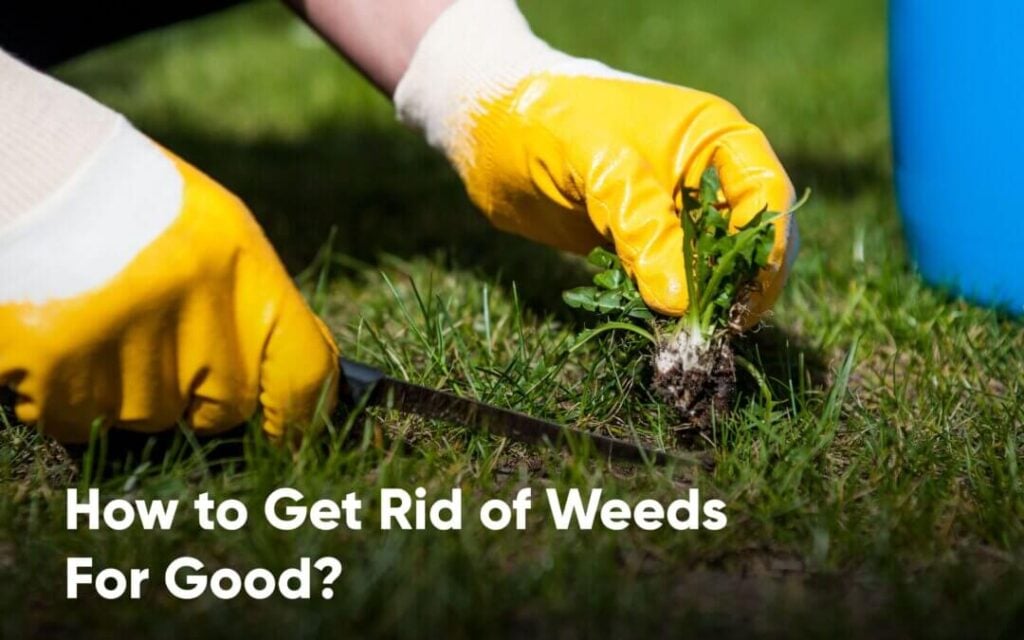With commodity prices rising and utility bills increasing, it’s no wonder that residents of Scottsdale, AZ are looking for new ways to save money or, at the very least, be entitled for environmental tax rebates. However, the road to reduced bills and increased tax rebates can be quite rough as initial outlay costs of undertaking a residential green projects like installing artificial grass on your lawn can get high.
While installing artificial turf in your lawn requires a significant amount of initial investment, it offers significant savings as well. As an added bonus, the aesthetic benefits of artificial turf can significantly increase your property’s value. Furthermore, synthetic turfs can provide a durable, lush, and great-looking lawn all year. Unlike natural grass, artificial grass does not need water or fertilizer, nor does it require extensive maintenance to continue looking green and healthy.
The Elements of Artificial Grass
Modern technology has certainly helped artificial grass evolve to answer the growing demand in the market. An artificial grass generally consists of the following: turf fibers made from plastic yarn; an infill or the interspersing of soil and sand with the granulated recycled rubber for stability and resiliency, and backing layers with weep holes.
These changes in composition make the synthetic turf as natural-looking as possible.
Major Types of Artificial Grass
The ideal specifications of synthetic turf varies with the application.
The most common type of synthetic turf, landscape turf, is made of thatch layered yarn that mimics the look and feel real grass. Some landscape turf would even go as far as incorporating tan thatches to lend a more authentic look to the lawn. Landscape turf uses the highest amount of yarn per square yard to make it as soft to the touch as possible.
While landscape turf is the popular choice, it’s not always the ideal one, especially if you have pets. In this case, you should opt for pet grass, a type of artificial grass with its own set of unique characteristics making it highly suitable for pet use. Most pet grass have antimicrobial properties to help minimize the bacteria-causing odor, along with a unique backing style to make the most of its excellent drainage properties. Furthermore, pet grass don’t have any infills, and won’t retain any of the animal waste that might find its way on your turf.
If you want the ideal surface for your little kids, playground turf is the best type to install. Playground turf is denser than normal turf to provide a protective surface for playing children. Depending on the turf density, a playground turf system can protect a child from fall height of up to 10 feet.
Aside from intended application, you can also choose your artificial grass based on blade shape. To date, there are approximately nine blade shapes that you choose from depending on the characteristics that you would want your lawn to have.
The most common shape for landscape installations, the oval blade fiber, is known for its durability and softness to touch. However, most commercial and residential owners opt for the de-lustered and sturdier diamond-shaped fiber since it retains the soft feel while maintaining its firm shape. For a more realistic appearance, consumers often choose between the flattened oval or the mini-c shaped fibers.
For pet grass, omega fibers is the best option because of its resiliency as well as having a shorter pile height. Sports fields and playgrounds, on the other hand, will benefit from using an artificial turf with mini-W shaped fiber because it exhibits higher durability on areas with heavy foot traffic.
Through these information, you can choose the type of artificial grass that best suits your home’s needs. If you need learn more about synthetic grass, do not hesitate to call a professional artificial grass installer today for more details.
Sources:
Learn More about Recycled Rubber, RecycledRubberFacts.org
Frequently Asked Questions – Synthetic Turf, SyntheticTurfCouncil.org



